This distinctive building has a been a local landmark since 1920, when it first opened its doors as the Coliseum Picture Theatre. The Coliseum closed in 1953. Since then, the building has been a branch of Woolworths, Arthur’s Snooker Hall, the Baton Rouge bar/live music venue and very recently the Amishi nightclub.
A photograph and text about The Coliseum Picture Theatre.
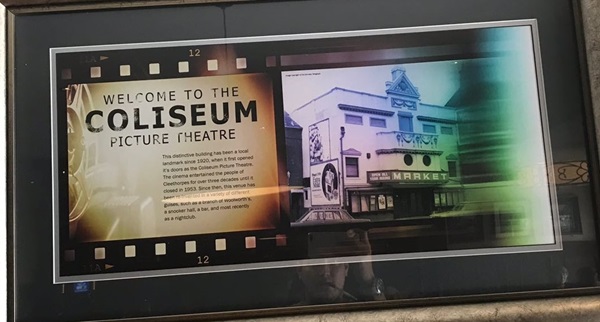
The text reads: This distinctive building has been a local landmark since 1920, when it first opened its doors as The Coliseum Picture Theatre. The cinema entertained the people of Cleethorpes for over three decades until it closed in 1953. Since then, this venue has been re-invented in a variety of different guises, such as a branch of Woolworth’s, a snooker hall, a bar, and most recently as a nightclub.
A print and text about Humber Forts.
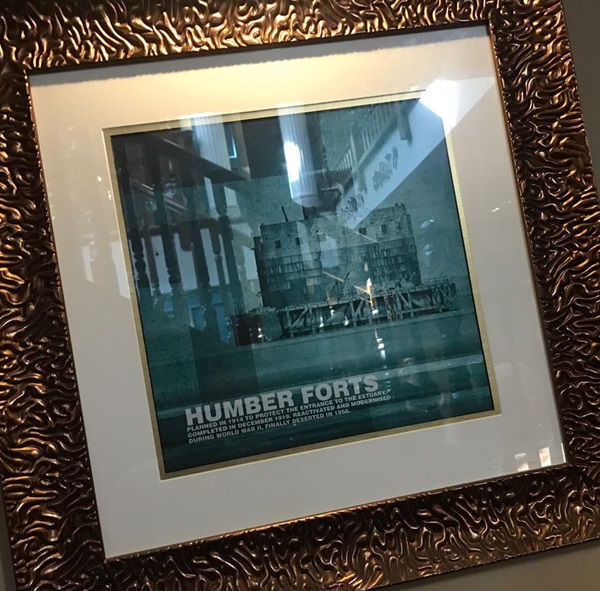
The text reads: Planned in 1914 to protect the entrance to the estuary, completed in December 1919, reactivated and modernised during World War II, finally deserted in 1956.
A print and text about Ross Castle.
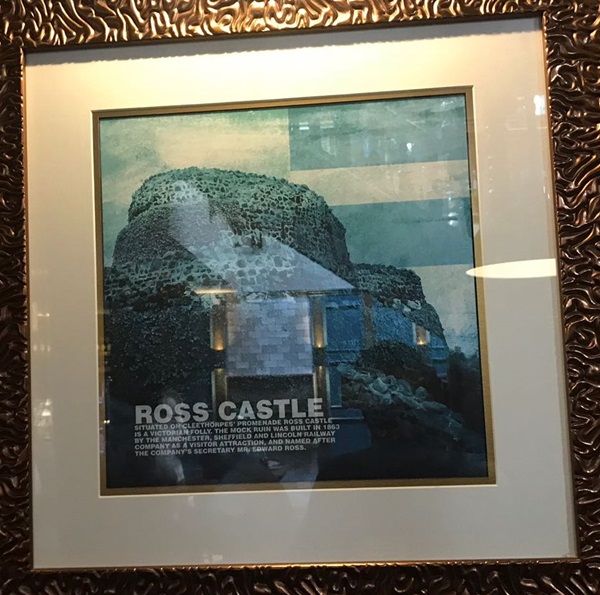
The text reads: Situated on Cleethorpes’s promenade, Ross Castle is a Victorian Folly. The mock ruin was built in 1863, by the Manchester, Sheffield and Lincoln Railway company, as a visitor attraction, and named after the company’s secretary Mr Edward Ross.
A print and text about Peter Collinson.

The text reads: Born in Cleethorpes in 1936, he is best known for directing the 1960 movie The Italian Job.
A print and text about Helen Roberts.
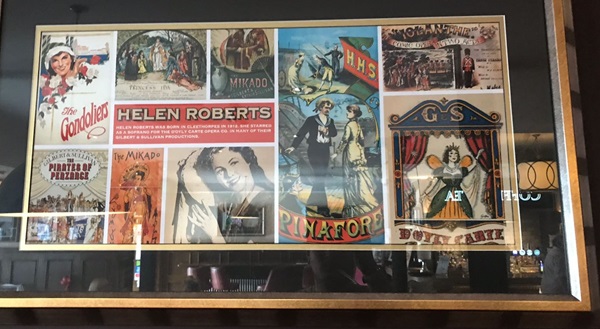
The text reads: Born in Cleethorpes in 1912, she starred as a soprano for the D’Oyly Carte Opera Co. in many of their Gilbert & Sullivan productions.
Prints of films shown at The Coliseum Picture House.
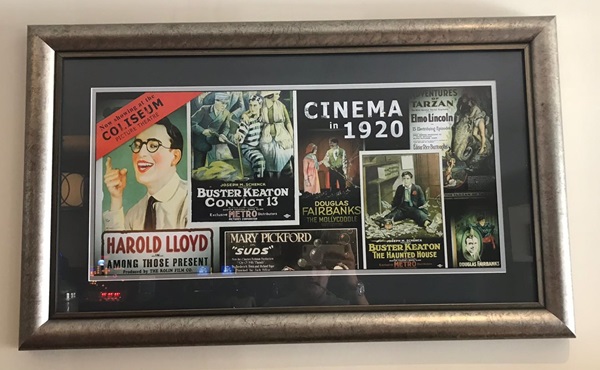
A Roman gladiator statue.
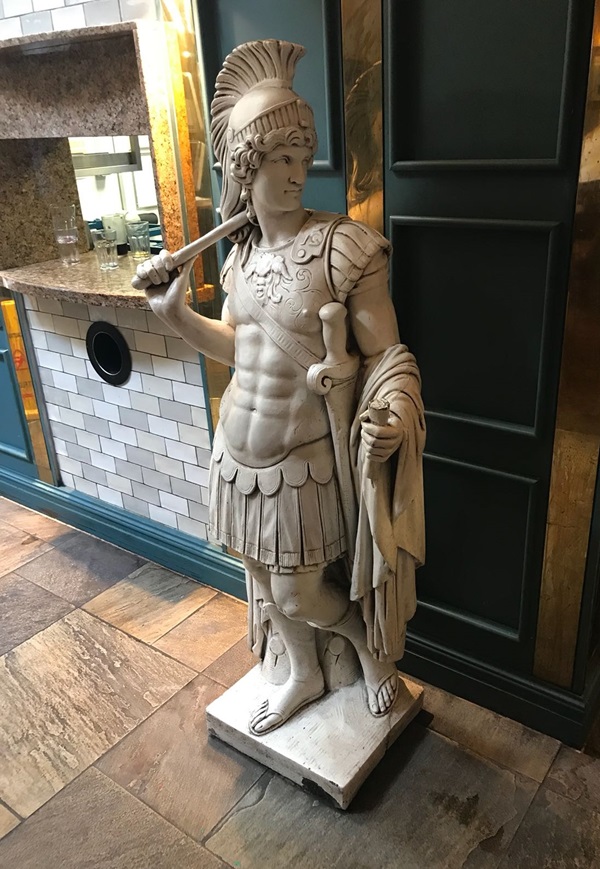
External photograph of the building – main entrance.
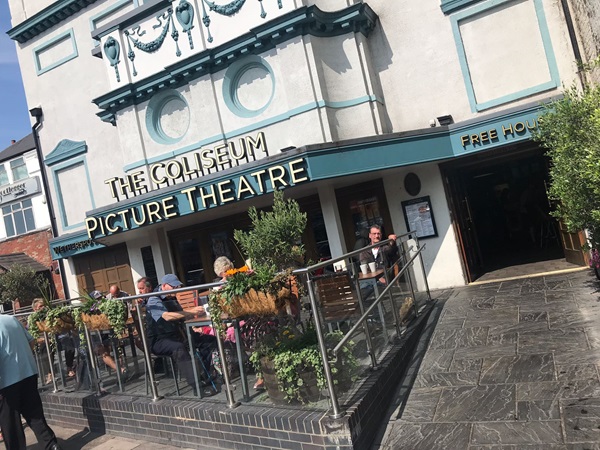
If you have information on the history of this pub, then we’d like you to share it with us. Please e-mail all information to: pubhistories@jdwetherspoon.co.uk